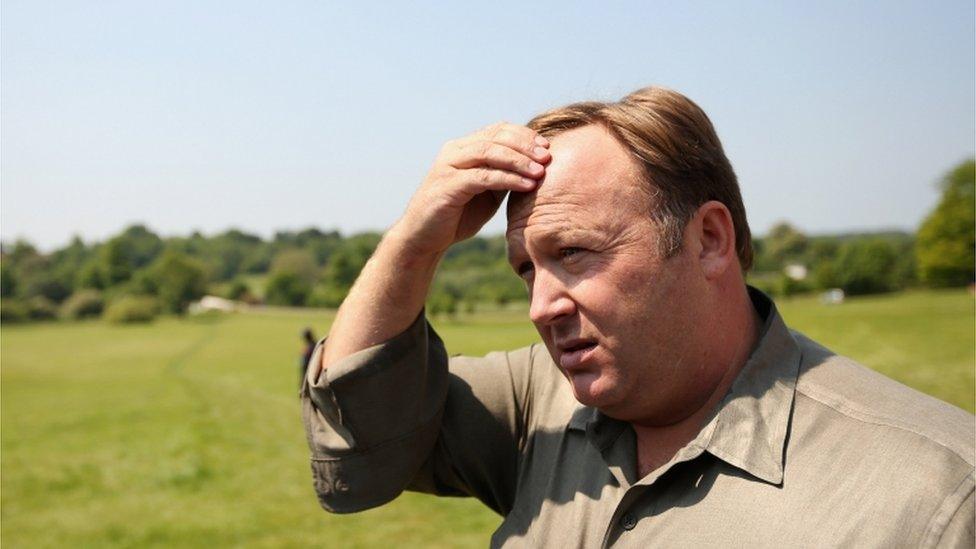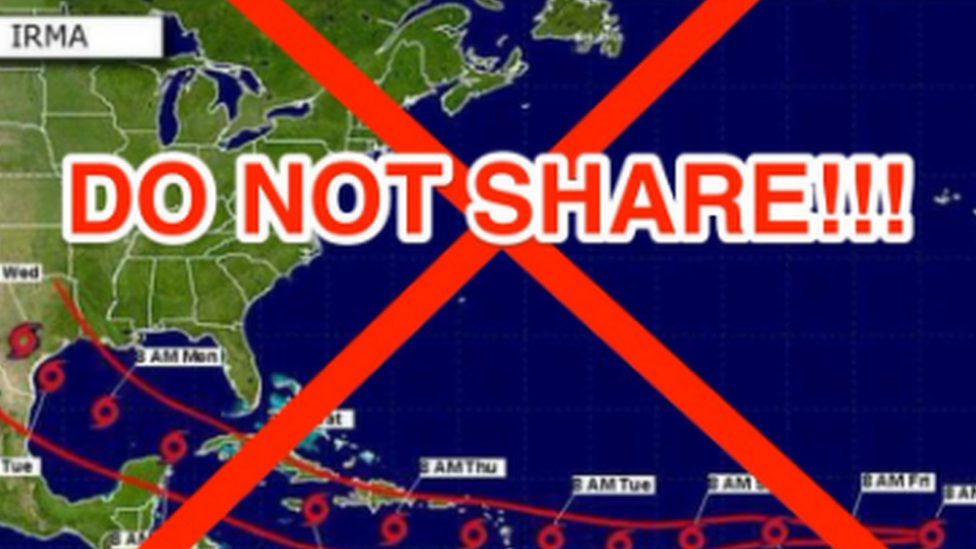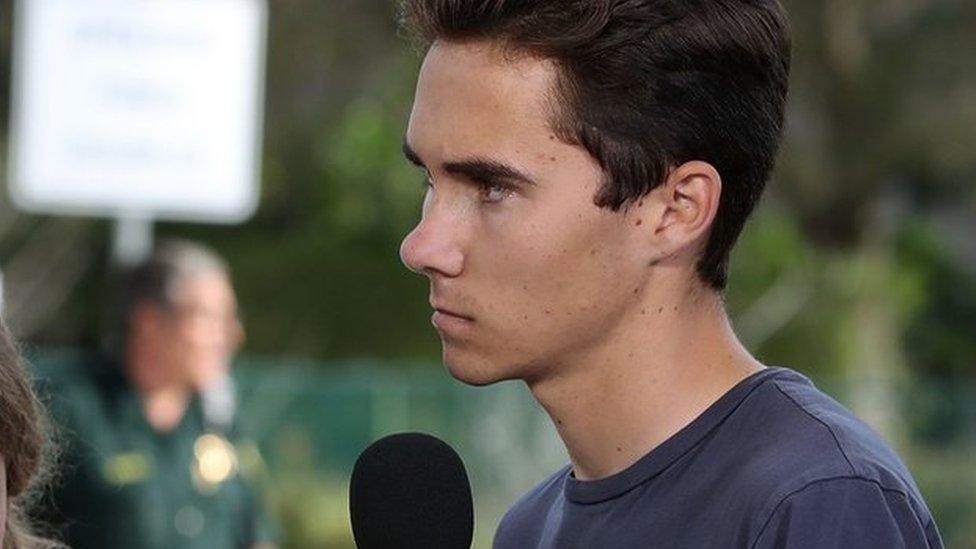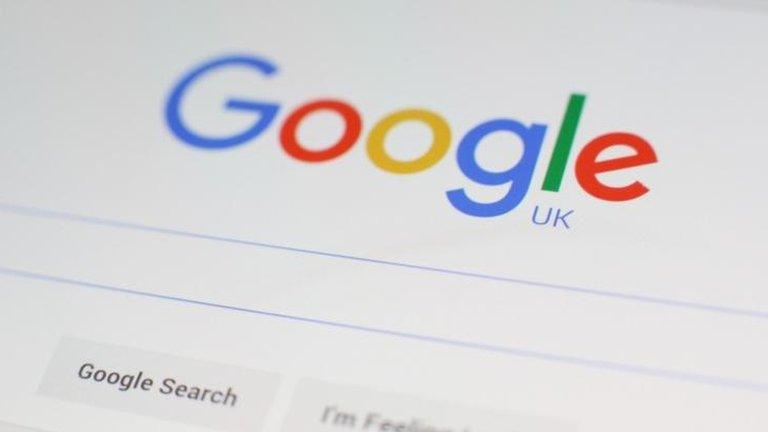Brands beware - YouTube ads pulled from InfoWars
- Published

David Hogg, 17, who survived a school shooting in Florida was accused of being an actor
Over the weekend there was a shock for some major brands - it turned out that they had been advertising on videos from YouTube channels dedicated to wild conspiracy theories.
CNN reported that it had found ads from brands including Nike, 20th Century Fox, Expedia and others running next to videos on far-right conspiracy channels run by Alex Jones.
He is the man who once claimed that the Sandy Hook school shootings had been faked and his channel was reportedly given a warning by YouTube over a recent video that suggested that survivors of last month's Florida school shootings were actors.
After CNN contacted the various brands, they mostly pronounced themselves surprised and opted to remove their adverts from the channel associated with Mr Jones and InfoWars.
One British company affected was Brighton-based financial services firm OneFamily. The business told me that its ads on YouTube - which is owned by Google - were targeted at groups including 18 to 34-year-old "business & economic news junkies".
But it had not been aware that this would include InfoWars, which did not align with its values.
OneFamily explained that it had not specifically excluded the Alex Jones channel but had thought that its adverts would not appear alongside unsuitable content:
"Working with Google we exclude our advertising from any sites that fall within these categories: sensational and shocking, profanity & rough language, content not yet rated, sensitive social issues, tragedy & conflict, sexually suggestive content, adult content, and live streaming videos," it said.
"As such, any site in these categories does not feature our advertising. We have asked Google to explain why InfoWars was not on its exclusion list."
I asked Google for a response. The company said it could not comment on individual cases but stressed that it gave its advertising customers a range of options to filter out unsuitable videos for their messages and make sure they reached the right audience.

Alex Jones has pushed lots of conspiracy theories via his InfoWars website
Beyond YouTube
This is not the first time that major brands have found out how little control they appear to have over where their messages appear online. A year ago, Google promised to clean up its act after it was revealed that YouTube was hosting extremist videos which were supported by advertising from well-known companies.
Back then the boss of Google's advertising business apologised and promised a tougher stance on "hateful, offensive and derogatory content", including removing ads from videos containing that sort of material.
One senior figure from the advertising industry, Johnny Hornby from The&Partnership, conceded that YouTube had done much to clean up its act over the last year but he had this warning: "At a certain point brands are going to ask whether they can live without YouTube."
He said the problem was that machines, not people, were identifying the offensive material, and that was bound to lead to mistakes: "To be fair they've put a lot more money into it - but if you're going to make money from ads, it's on your head to make it safe. If you can't guarantee that it is safe - don't take the money."
Once again, a company that has always stressed that it is a technology platform rather than a media giant is being forced to make tricky editorial decisions about its content. Google has found that removing jihadi videos is one thing, determining what is offensive amidst the increasingly divided political landscape of Trump's America quite another.
For the advertisers there are also some hard lessons to learn. When online platforms arrived, they were touted as promising a new paradigm, where adverts could be targeted and their impact measured with extraordinary accuracy.
Now, with growing evidence that online advertising is rife with fraud and that brands can find that they are rubbing shoulders with some pretty unsavoury content, this is another area where early internet utopianism is fading fast.
- Published31 December 2017

- Published8 August 2017
- Published21 February 2018

- Published7 September 2017

- Published20 March 2017
